Choosing the Right Floor: Epoxy vs. Garage Floor Paint in Satellite Beach
When it comes to protecting and beautifying your garage floor, many Satellite Beach homeowners consider two main options: garage floor paint or epoxy coating. While both may look similar at first glance, their performance over time is drastically different—especially in Florida’s coastal environment.
At Enhance Your Garage, we’ve worked with countless homeowners who want a clean, durable, and low-maintenance floor—but aren’t sure which system to invest in. So, in this post, we’re breaking down the key differences between garage paint and epoxy, with a focus on coastal conditions like those in Satellite Beach.
Let’s see which one holds up best against salt, sand, heat, and humidity.
1. What Is Garage Floor Paint?
Garage floor paint is typically a latex or oil-based coating designed to improve the appearance of concrete floors. It’s often marketed as a DIY solution because it’s easy to apply and inexpensive up front.
Pros:
-
Low initial cost
-
Quick to apply
-
Widely available
Cons:
-
Prone to peeling and flaking under hot tires
-
Minimal resistance to moisture or chemicals
-
Requires reapplication every 1–2 years
-
Can’t handle coastal humidity or salt exposure well
In Satellite Beach’s climate, garage floor paint typically starts to wear down in under a year—especially if the garage is exposed to ocean air or used daily.
2. What Is Epoxy Flooring?
Epoxy is a two-part resin system that chemically bonds with concrete, forming a hard, durable coating. Professionally installed epoxy systems involve surface prep, base coats, flake layers (optional), and protective topcoats.
Pros:
-
Seamless and moisture-resistant
-
UV-stable and heat-tolerant
-
Resists stains, tire marks, oils, and chemicals
-
Lasts 10–20 years with proper care
-
Available in customizable colors, textures, and finishes
Cons:
-
Higher upfront cost than paint
-
Requires professional installation for best results
In coastal homes, epoxy provides long-term durability and peace of mind, especially when installed by trained professionals using marine-grade materials.
3. Which Holds Up Better in Coastal Conditions?
Let’s compare how each material performs in the Satellite Beach environment:
| Feature | Garage Floor Paint | Epoxy Flooring |
|---|---|---|
| Salt Air Resistance | ❌ Peels and corrodes | ✅ Resists corrosion and moisture |
| Sand & Grit | ❌ Scratches easily | ✅ Easy to sweep and wash clean |
| Humidity Tolerance | ❌ Prone to bubbling | ✅ Fully moisture-sealed system |
| Tire Marks & Oil Stains | ❌ Stains and wears quickly | ✅ Resists chemicals and hot tires |
| UV Resistance | ❌ Fades and yellows | ✅ UV-stable topcoats available |
| Expected Lifespan | 6–18 months | 10–20 years |
The clear winner for Satellite Beach’s coastal climate? Epoxy flooring.
4. The Cost Breakdown: Short-Term vs Long-Term
While garage floor paint is cheaper up front (typically $100–$300 for a DIY kit), it often leads to recurring costs every 1–2 years due to peeling, fading, or flaking.
In contrast, epoxy flooring ranges from $4 to $8 per square foot, depending on the system. But it’s a one-time investment that holds up for a decade or more.
Real-World Example:
-
Garage Floor Paint: $300 upfront + $200 every 1–2 years = $1,200+ over 10 years
-
Epoxy Floor: $3,500–$5,000 once, with minimal upkeep over the same period
Most of our Satellite Beach clients find that epoxy saves money, time, and frustration long-term.
5. Looks Matter, Too
Garage floor paint comes in basic colors—typically gray, beige, or white. Epoxy offers endless customization options:
-
Flake blends (granite, marble, quartz)
-
High-gloss or satin topcoats
-
Colored borders or inlays
-
Metallic finishes for a luxury look
Your garage floor doesn’t just have to be clean—it can be a beautiful extension of your home, especially in upscale coastal communities.
6. Application & Installation: DIY vs Professional
Garage paint is marketed as a DIY weekend project. But in Satellite Beach’s climate, failure to properly prep the surface (especially dealing with moisture or salt) often leads to early peeling or bubbling.
Epoxy, on the other hand, is best installed by professionals. At Enhance Your Garage, we use:
-
Industrial grinders to prep the concrete
-
Moisture testing to avoid adhesion issues
-
Commercial-grade epoxy materials
-
Protective polyaspartic or urethane topcoats
This ensures a long-lasting bond—one that stands up to Florida’s coastal wear and tear.
Final Thoughts: Choose What Lasts
For homeowners in Satellite Beach, epoxy flooring offers far more durability, beauty, and long-term savings than traditional garage paint. While paint may seem budget-friendly at first, it simply isn’t built to handle the salt air, humidity, and heavy use common in coastal garages.
If you’re ready for a garage floor that resists stains, stays cool under pressure, and makes your space shine, epoxy is the way to go.
At Enhance Your Garage, we’ve installed epoxy floors all across the Florida coast—and we’ll help you design a finish that fits your garage, lifestyle, and climate.
FAQs: Epoxy vs Garage Floor Paint in Satellite Beach
1. How long does garage floor paint last in coastal areas?
Typically 6 months to 2 years, but it’s highly prone to peeling and fading in humidity.
2. Can epoxy be applied over an old painted floor?
We’ll first grind off any existing coatings, then apply epoxy over the prepped concrete.
3. Is epoxy slippery when wet?
We add textured flakes or anti-slip grit to provide traction, even with sand or moisture.
4. Does epoxy resist salt damage from beach gear?
Yes. Epoxy forms a sealed, non-porous surface that repels salt, sand, and water.
5. How long does epoxy installation take?
Most installations take 1–2 days, depending on size and conditions.
6. Will epoxy discolor in the sun?
Not with our UV-stable topcoats, which prevent yellowing and fading from direct sunlight.

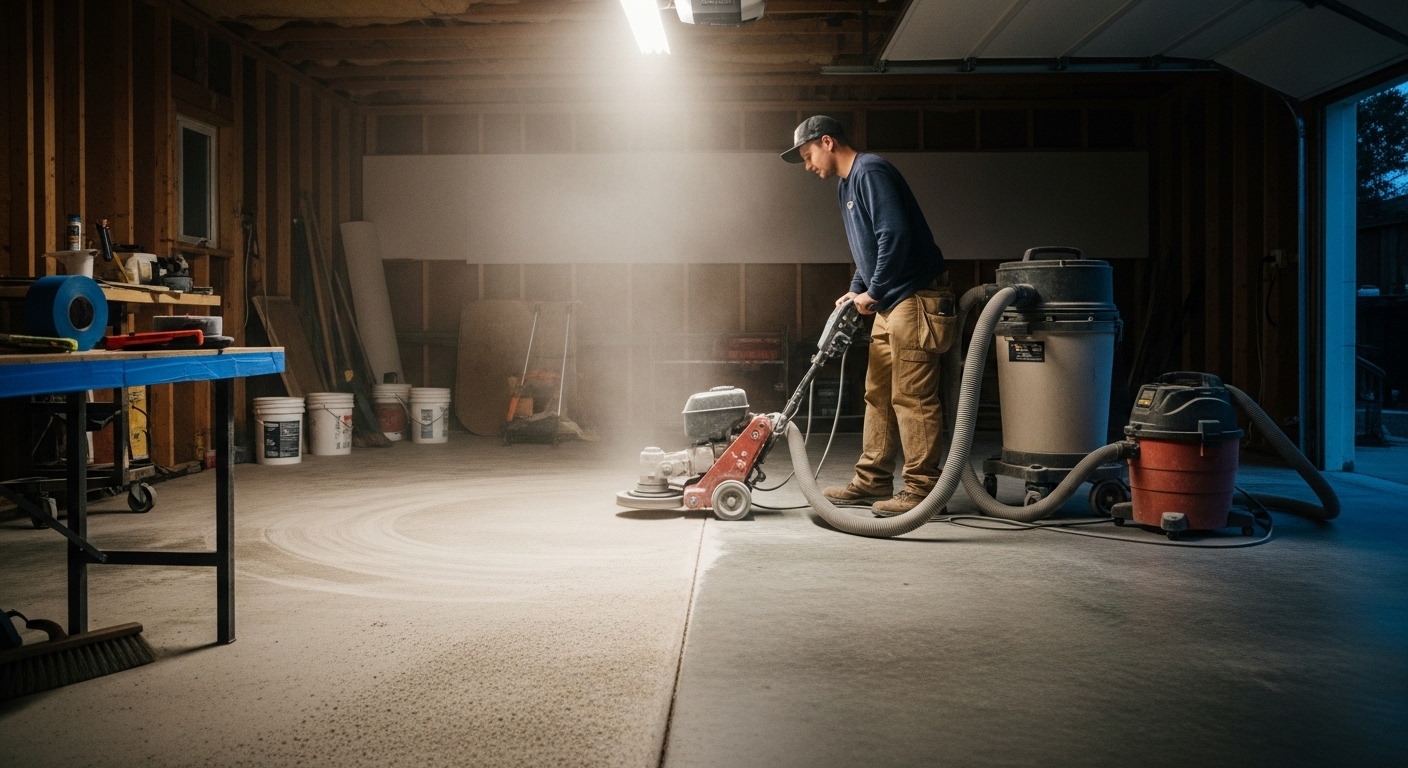
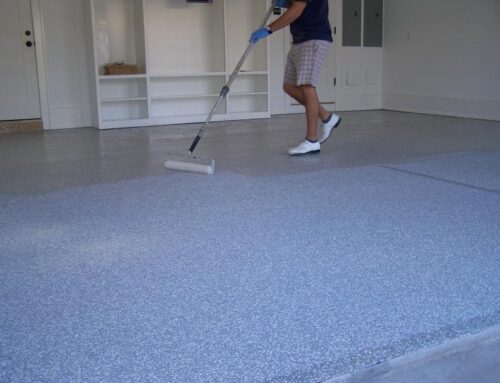
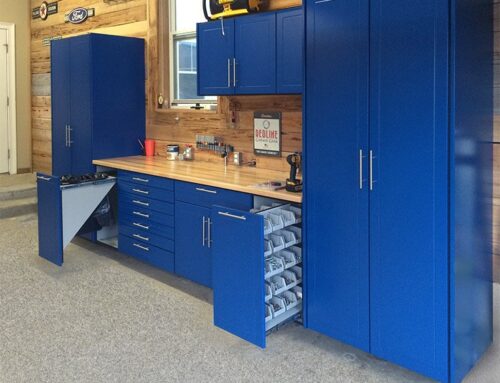
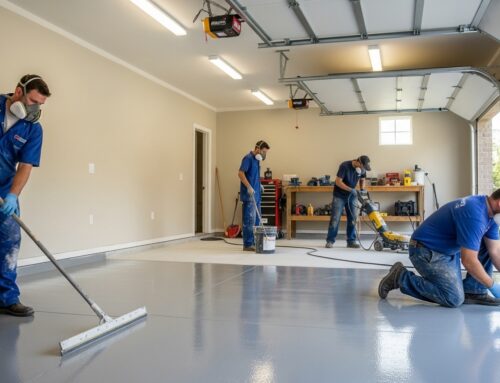

Leave A Comment